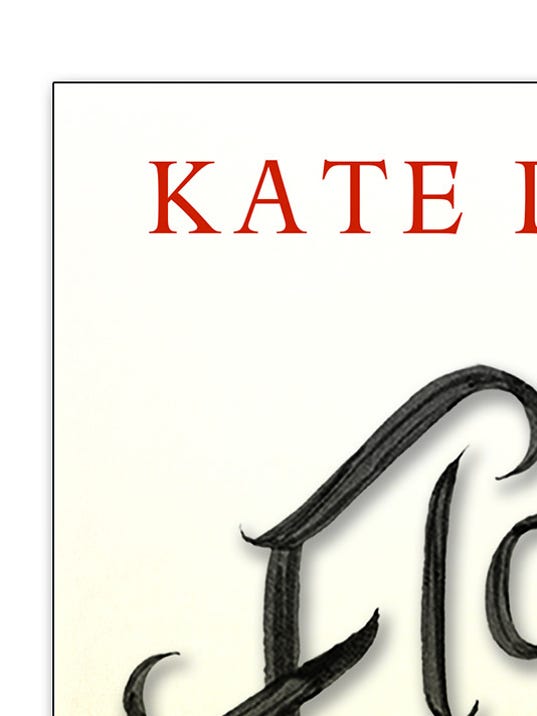I just read
The Catcher in the Rye and
The Grapes of Wrath back to back. Both are classics, but both left a very different taste in my mouth. The former, left me disgusted. For years, I've heard what a life-changing book
The Catcher in the Rye was for so many people. While this bildungsroman certainly tells the story of an adolescent coming of age, it was a tale that I could relate to or sympathize with; and I don't think it's because I'm a girl.
Holden Caufield has been given every luxury and opportunity in the world. He comes from a wealth, has attended all of the best schools (literally, since he has been kicked out of one after another), seemingly adores his family, and has good looks and charm to boot, yet, he can only find negative in the world and people that surround him. In the documentary,
Salinger, which inspired me to finally read the book in the first place, one person interviewed points out that "phony" is used over sixty times throughout the book, which says a lot about this characters outlook on the world. Now, while I realize that this young protagonist, who seems to be a dead-ringer or Salinger himself, is disillusioned by the flaunting of wealth and over-abundance of pomp and circumstance that surrounds him in New York, I may have had a bit more understanding if he had actually attempted to make a change, but rather than reaching out to those on the other end of the spectrum in order to counteract this source of discontent, he pokes fun at their clothes, behavior, and tastes. Over the course of a couple of days he blows his money on booze and entertaining girls after being sent home early for the holidays since he's been kicked out of yet another school. In the end, he confesses to his little sister that he is leaving it all behind. Though, he ends up go right back to his warm home and wealthy parents. It's a hard life.
As for
The Grapes of Wrath, the Joads have no home to go home to after their farm in Oklahoma is repossessed by the bank and they are forced to make their way to California, along with thousands of others, in an attempt to piece back together a life ravaged by poverty. A theme throughout the book is that of helping out others no matter how little you may have. All are family and those with the least give so much more. Tom is the oldest Joad son and has returned from prison just in time to head West with his family. Truly tragic events saturate the entire book. Grampa Joad dies before the trip even begins and the Granma Joad passes before they have settled. One daughter, Rosasharn, is with child and must endure her husband, Connie, leaving her without explanation. The youngest boy, Winfield, and girl, Ruthie, don't have much opportunity to be children as they go without food and help pick cotton and peaches right along with the adults. Jim Casy, a former preacher, maintains a philosophical outlook on the devastating circumstances and attempts to rally people around him which leads to an early death. Throughout, all of the jobs, campsites, and extreme weather, Ma Jode is the rock that holds the family together by stepping up to make tough decisions to leave some behind, to comfort the sick in body and mind, and to give basic directions when the circumstances are so overwhelming and death is so eminent that others are rendered mute.
Steinbeck tells the story of people who have every reason to give up, to literally lay down and die, but persevere when the waters are rising so fast that there seems to be no hope, while Salinger weaves a tale of a young man who gives up when he has life rafts being thrown in his direction right and left. While I won't judge a book by its cover, I will judge one by its content and
The Grapes of Wrath is now at the top of my list while
The Catcher in the Rye is at the bottom due to the manner in which the characters judged the world around them.





